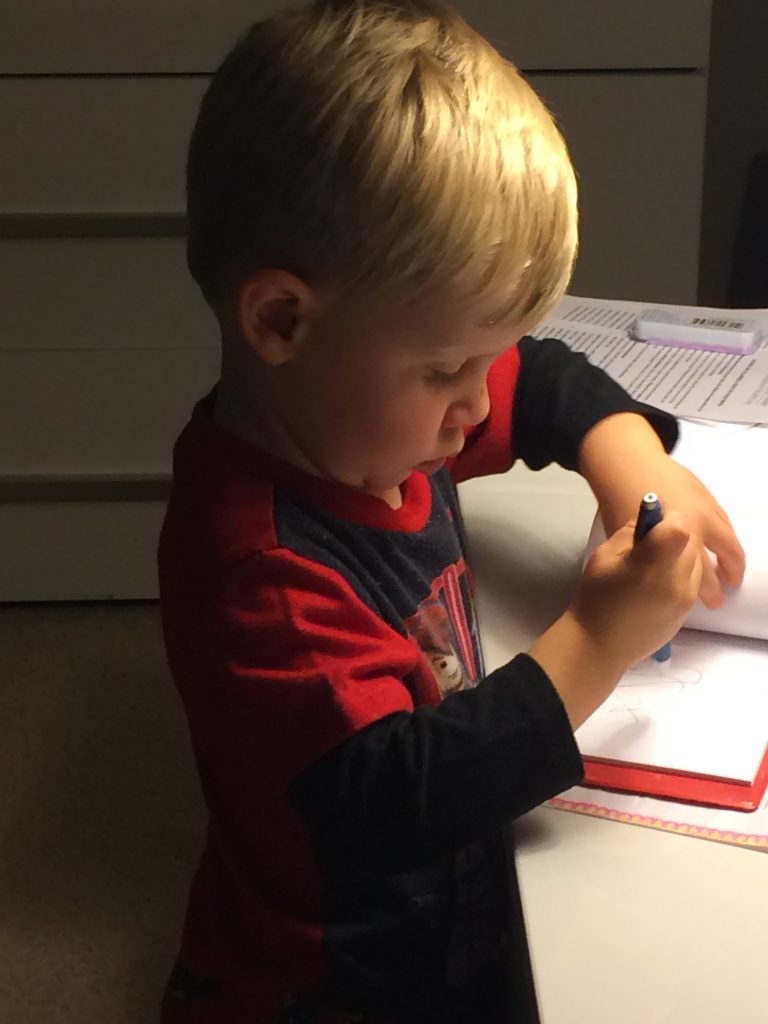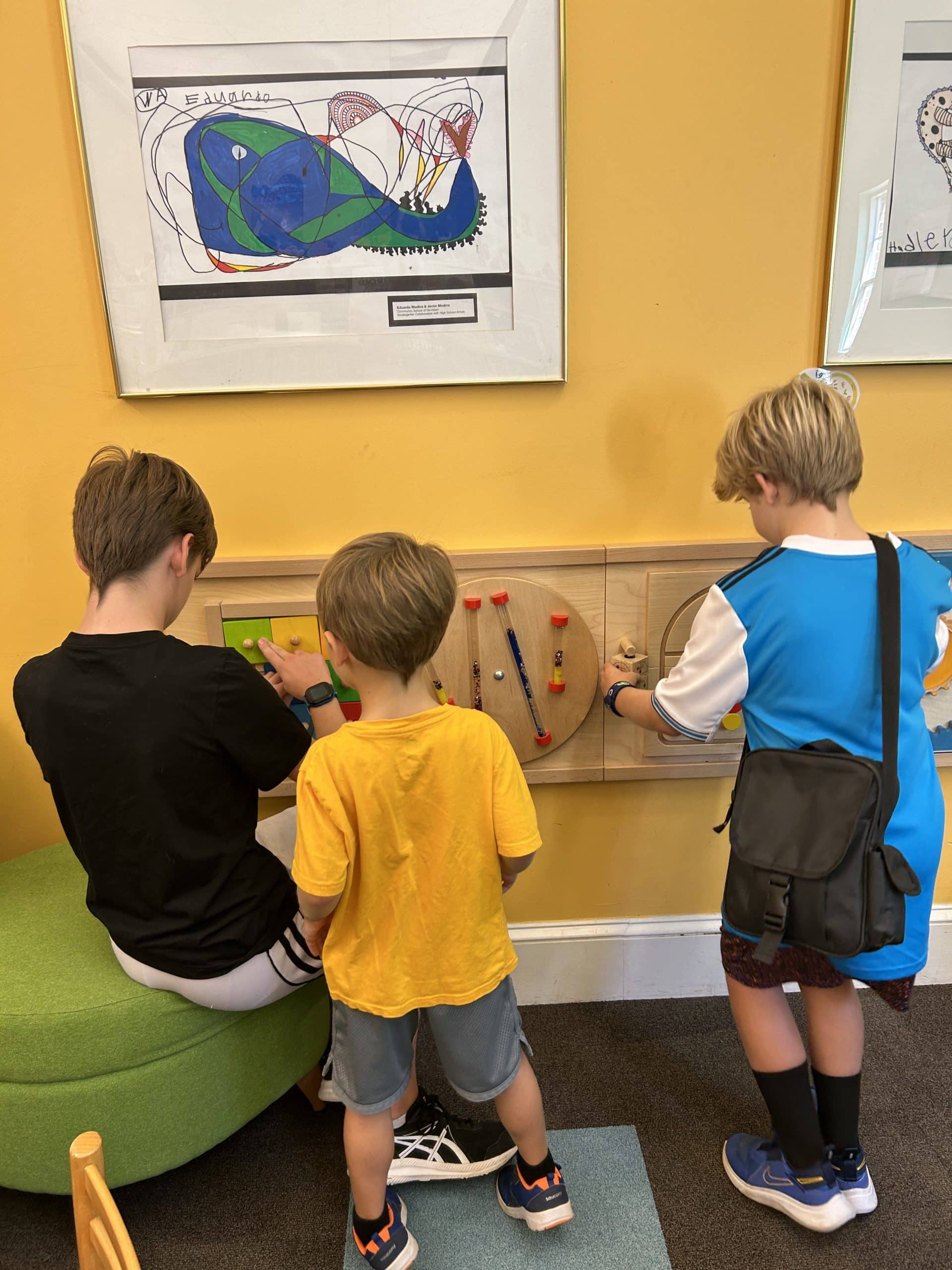Departmentalization in kindergarten draws many skeptics. Many feel that kindergarten students are not developmentally appropriate for departmentalization. However, a high percentage of kindergarteners attended pre-K. Many kindergarten students have faced new students and teachers since the age of 3. Thus, these students may very well be developmentally ready. When these students are in kindergarten, they are used to various teachers and programs. They go to the library and physical education classes with different teachers. Some kindergarten students attend music classes with a different teacher. Thus, they are ready to move about.
Departmentalization and Developmentally Socialized
Meeting children at their current social and academic level is what is meant by developmentally appropriate practices. This doesn’t mean making learning simpler. Instead, it means providing a level of challenge that encourages progress and curiosity in their learning and development. However, tasks for students in any grade differ among students in the same classroom.
It is important to establish a collaborative practice between teachers and students at all grade levels. The formation of departments can have a significant impact on this goal.
Active Students
During the day, students need to be active. Departmentalization allows students to be grouped and given the chance to interact with other students, socialize, and collaborate as teams during the learning process.
Kindergarten students need to be engaged in physical activity. The presence of multiple teachers in the classroom is advantageous for student participation, academic progress, and conduct. By having more than one teacher, the student-teacher ratio can be reduced. In schools with multiple kindergarten classes, teachers work together and rotate to teach different subjects.
Teaching reading skills during the PreK and kindergarten years is essential. Collaboration among kindergarten teachers is crucial to ensure optimal reading instruction. Working together prevents any gaps in reading skills.
Effective reading skills do not come about on their own. To cultivate these abilities, kindergarten educators must thoughtfully strategize and possess the necessary proficiency to instruct reading and writing. This way, students can recognize that reading and writing are indispensable proficiencies at an early age for their future.
A New Way of Teaching
To departmentalize kindergarten, it is important to coordinate schedules. Furthermore, the students need to get used to moving between classes or staying in one class but having different teachers.
By switching teachers or classrooms, a focus on developing more advanced skills can be achieved. This can involve utilizing more challenging approaches to teaching such skills, ultimately leading to the teacher becoming an expert in the field.
It is time for schools to move to the future and update antiquated learning methods. Elementary teachers have specialized knowledge of different subjects. With many students attending pre-K classes, schools must use teachers to the best of their ability and utilize a rigorous curriculum in kindergarten.



